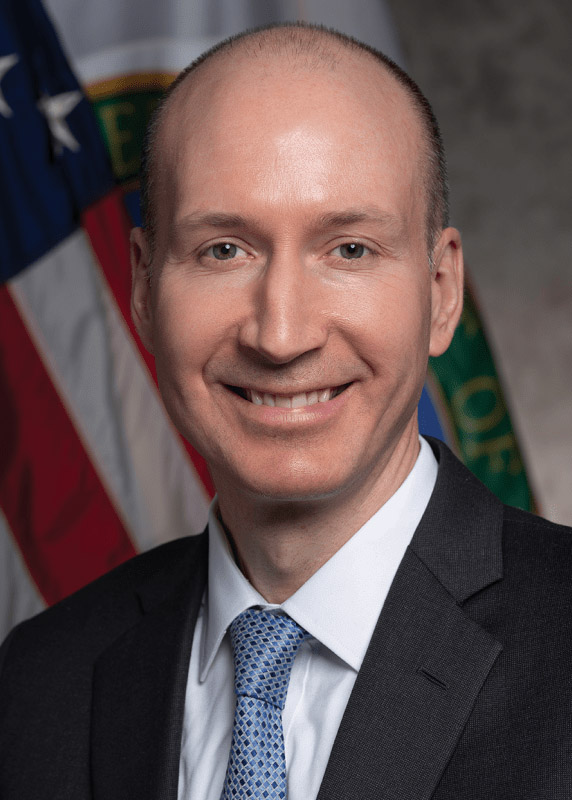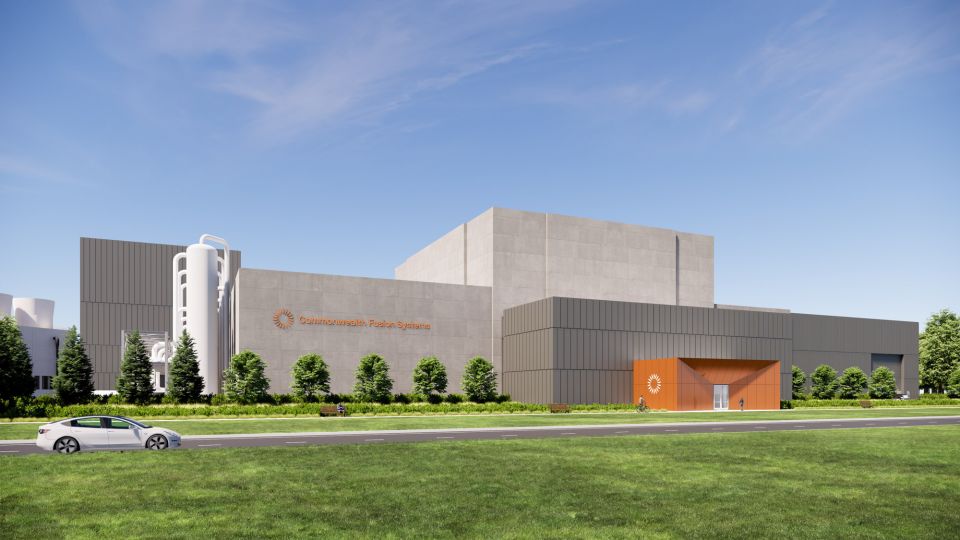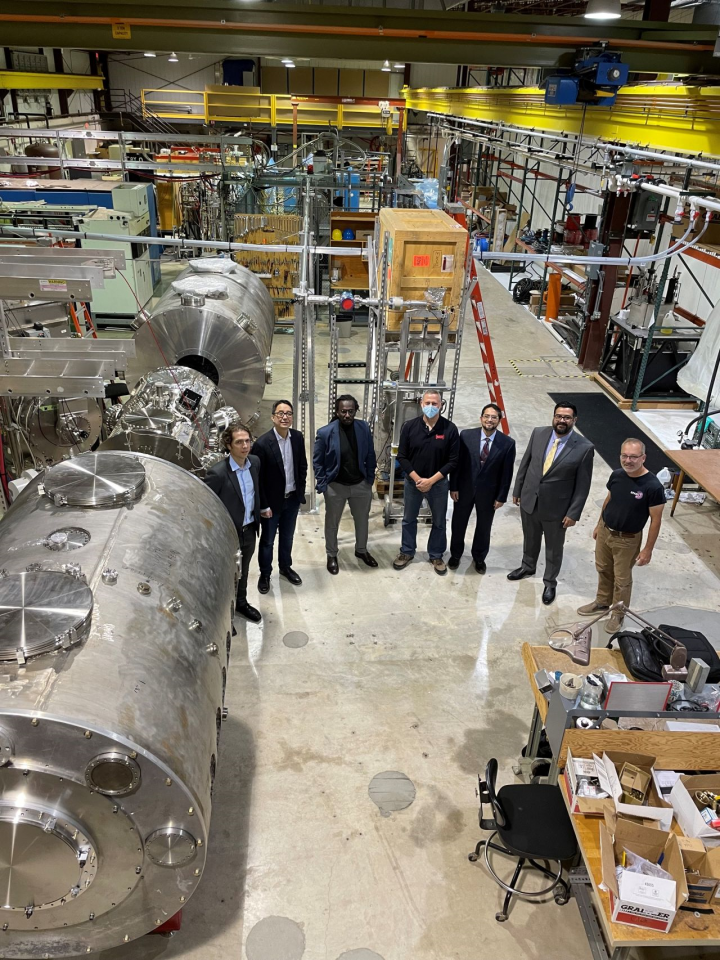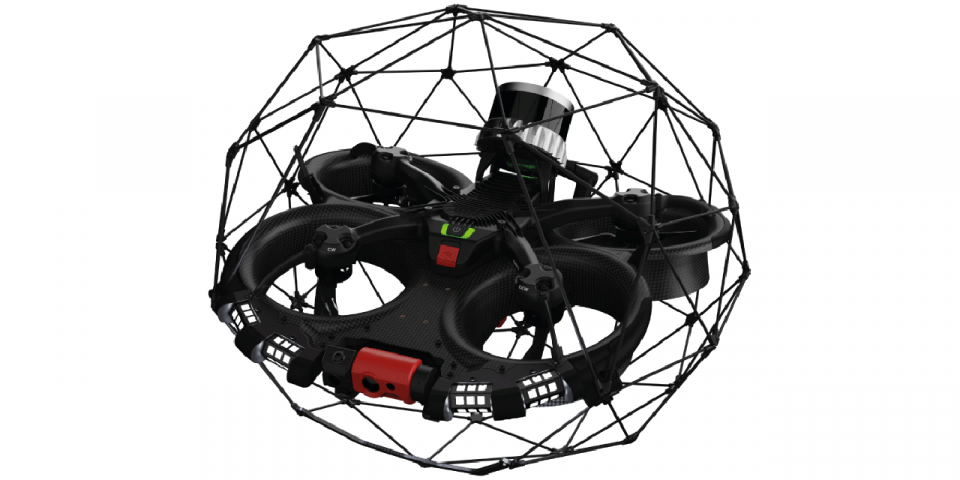U.S. and U.K. agree to “strategic partnership” on fusion energy

Bowie

Turk
Two top energy officials—U.S. deputy secretary of energy David M. Turk and U.K. minister for nuclear and networks Andrew Bowie—met on November 8 in Washington, D.C., to talk about a “coordinated, strategic approach” to advance fusion energy demonstration and commercialization and “maximize value” for both nations.









